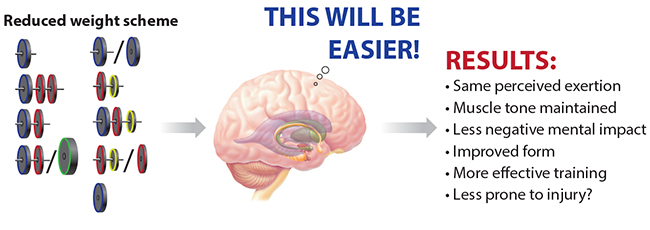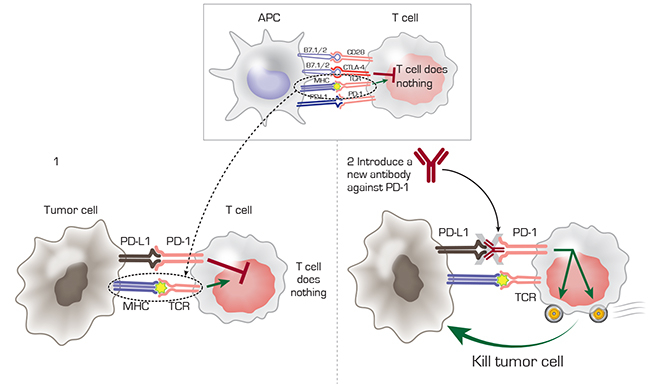You are all used to me breaking in with other topics I want to update or discuss. So, here’s a break in immunotherapy (though I know we JUST got started with that), to update you on my experiments with weight training after FOUR months of a new regimen.
If you recall, around mid-June, my current body pump instructor took me aside and told me I was lifting too much weight. She gave me a different regimen that included minor reductions in the weight loads for several of the tracks. Because I trusted her instruction (she was the type of instructor to go around the class and actually correct students’ forms), I decided to try it for at least 3 months. My biggest worry, as any person serious about their exercise would be, was that the reduction in exertion would result in not getting the maximum out of my workout. In fact, it’s the same worry I had when I began to reduce my maximum heart rate in spin class; I was afraid that the fewer calories burned per class would result in weight gain or reduced muscle tone. FYI, that has NOT been the case at all.
So with that, I have completed now four months of this new training regimen. And here are my conclusions, which of course, are highly personalized to me and in no way mean this is what will work for everyone across the board.
It’s pretty straightforward: my brain felt it had permission to use reduced weights because of the credible source (e.g., body pump instructor), which then lead to me perceiving that my pump workouts, which I always dreaded and were always always (ALWAYS) so tough to get through, would now be easier. From this starting point, my mind put me at a more positive framework.
With this mental shift, I found that focus was taken away from the FODW (Fear Of Dropping the Weights) and the FONFR (Fear Of Not Finishing Reps). More brain power could now be devoted to actually focusing on and improving the form, as well as implementing other good habits learned from other classes like finally learning to engage my core (I never knew what that meant until my core got strong enough from pilates class). It was crazy, but I could squat lower without bowing and watch where my knees were and keep my back straight AND breathe...all at once.
Another thing, my body weight has stayed constant, just as before when I was lifting heavier weights.
Finally, I perceive no major difference in my strength.
What I really want to encourage is to listen to what some instructors are actually saying. Be receptive to what the instructors are suggesting, be open to experimentation, and be more mindful of form than amount of weight or keeping up with the reps. At least, do this until your form is as close to perfection as you can get it, or find the compromises that allow you to achieve perfect form, like reducing weights. The payoff is much healthier and equally as challenging.
If you recall, around mid-June, my current body pump instructor took me aside and told me I was lifting too much weight. She gave me a different regimen that included minor reductions in the weight loads for several of the tracks. Because I trusted her instruction (she was the type of instructor to go around the class and actually correct students’ forms), I decided to try it for at least 3 months. My biggest worry, as any person serious about their exercise would be, was that the reduction in exertion would result in not getting the maximum out of my workout. In fact, it’s the same worry I had when I began to reduce my maximum heart rate in spin class; I was afraid that the fewer calories burned per class would result in weight gain or reduced muscle tone. FYI, that has NOT been the case at all.
So with that, I have completed now four months of this new training regimen. And here are my conclusions, which of course, are highly personalized to me and in no way mean this is what will work for everyone across the board.
It’s pretty straightforward: my brain felt it had permission to use reduced weights because of the credible source (e.g., body pump instructor), which then lead to me perceiving that my pump workouts, which I always dreaded and were always always (ALWAYS) so tough to get through, would now be easier. From this starting point, my mind put me at a more positive framework.
With this mental shift, I found that focus was taken away from the FODW (Fear Of Dropping the Weights) and the FONFR (Fear Of Not Finishing Reps). More brain power could now be devoted to actually focusing on and improving the form, as well as implementing other good habits learned from other classes like finally learning to engage my core (I never knew what that meant until my core got strong enough from pilates class). It was crazy, but I could squat lower without bowing and watch where my knees were and keep my back straight AND breathe...all at once.
Another thing, my body weight has stayed constant, just as before when I was lifting heavier weights.
Finally, I perceive no major difference in my strength.
What I really want to encourage is to listen to what some instructors are actually saying. Be receptive to what the instructors are suggesting, be open to experimentation, and be more mindful of form than amount of weight or keeping up with the reps. At least, do this until your form is as close to perfection as you can get it, or find the compromises that allow you to achieve perfect form, like reducing weights. The payoff is much healthier and equally as challenging.



 RSS Feed
RSS Feed
